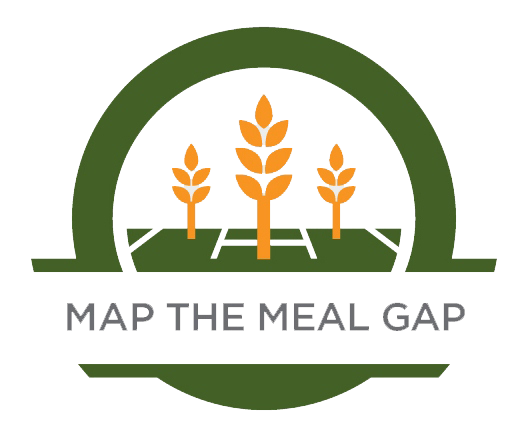Hunger in Connecticut
Food Insecurity
According to estimates from Feeding America, more than 516,000
(1 in 7) Connecticut residents struggle with hunger; more than 122,000 (1 in 6) children are food insecure.
These are people from all walks of life – children, working parents, seniors, or people living with disabilities. They are your neighbors.
We work through a network of community-based programs, such as soup kitchens, food pantries and shelters to provide nutritious food to people in need, but we know we need to do more.
Last year, Connecticut Foodshare distributed enough food to prepare over 40 million meals to people in need in Connecticut.
Even in a state as wealthy as Connecticut, there is need for food assistance in every community. Sometimes the difference between a family that uses a food program and one that doesn’t is the sudden loss of a job, an illness or unexpected rise in health care or utilities expenses.
1 in 6 Children
1 in 6, or 17% of children in Connecticut are food insecure
516,640 People
1 in 7, or 14% of people in Connecticut are experiencing food insecurity
98 Million Meals
97,924,400 meals are needed to close the meal gap in Connecticut
40% Increase
Since 2020, the food insecure population in Connecticut increased by 152,600 individuals

Map the Meal Gap
Feeding America, the nation’s largest domestic hunger-relief organization, each year updates its Map the Meal Gap study, which offers a detailed look at the food budget required to meet the needs of families struggling with hunger.
Data in the study includes:
- The percentage of the overall population that is food insecure.
- Child food insecurity data by state and county.
- The percentage of the food insecure population who qualify based on income for SNAP (Food Stamps) and other federal nutrition programs.
- The percentage of the food insecure population who do NOT qualify for federal nutrition programs and often must rely on charitable food assistance programs and who also need better wages and employment opportunities to help them meet their basic needs.
- The average price per meal based on new research by The Nielsen Company.
















